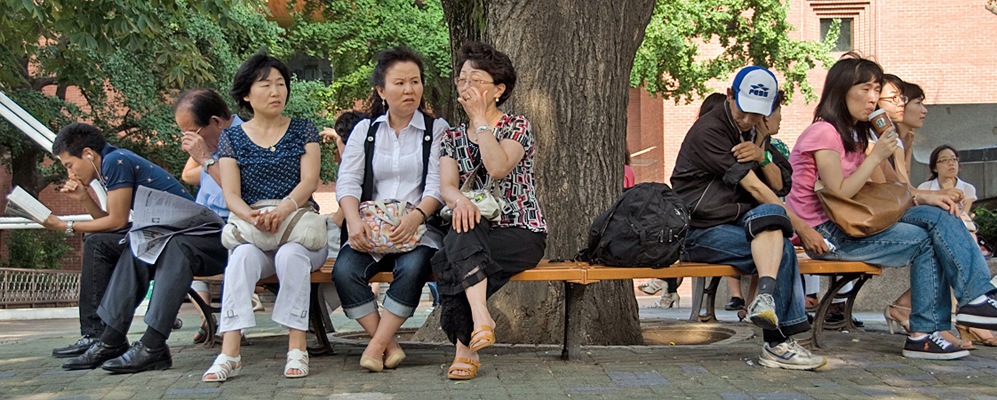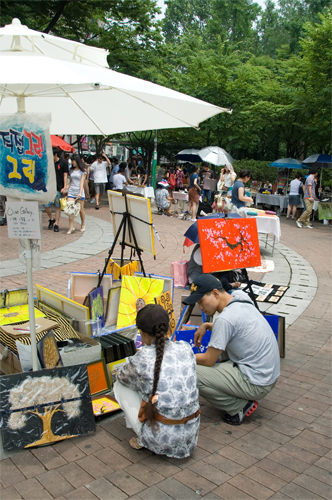Korea: Modern
Life
Photos Home
Countries
Korea
All
photos on this page
© John Holstein
© John Holstein
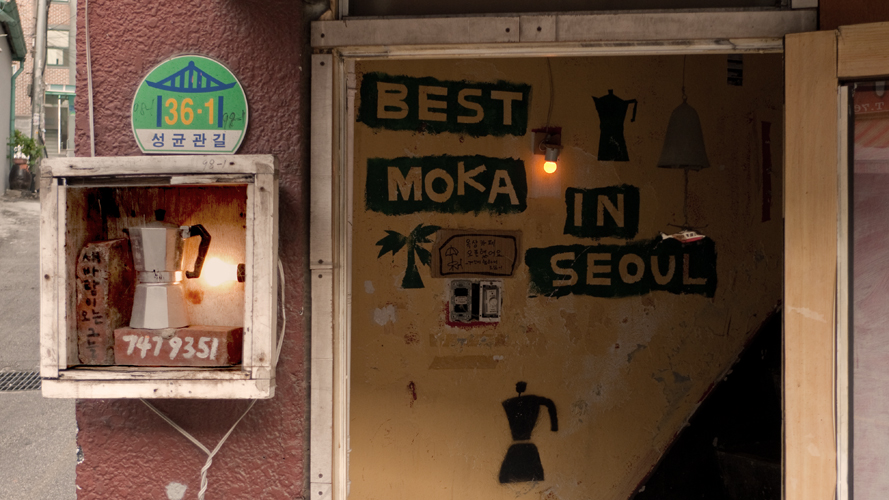
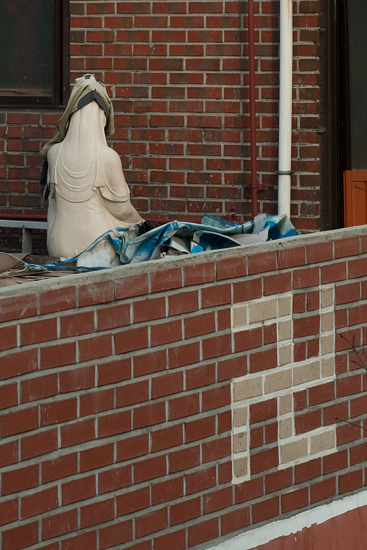
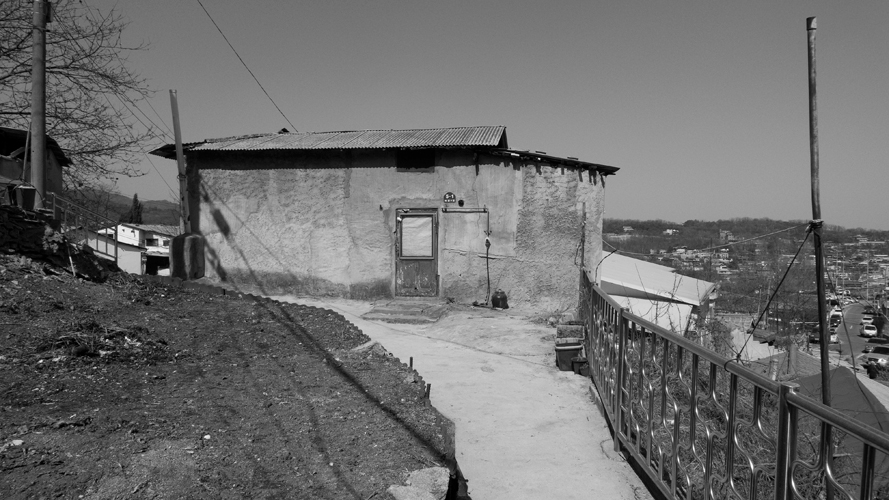
A
house in a disappearing "moon village" (dal dongnae).
This one is Seongbuk 2-dong. They are called dal dongnae because, like
the favela Ciudad de Deus in the movie City of God, they are high up on
the hills (which used to make access difficult before most people could
afford a car), affording the residents a better view of the moon. See
more photos of Seongbuk 2-dong here. And
see other moonvilles here.
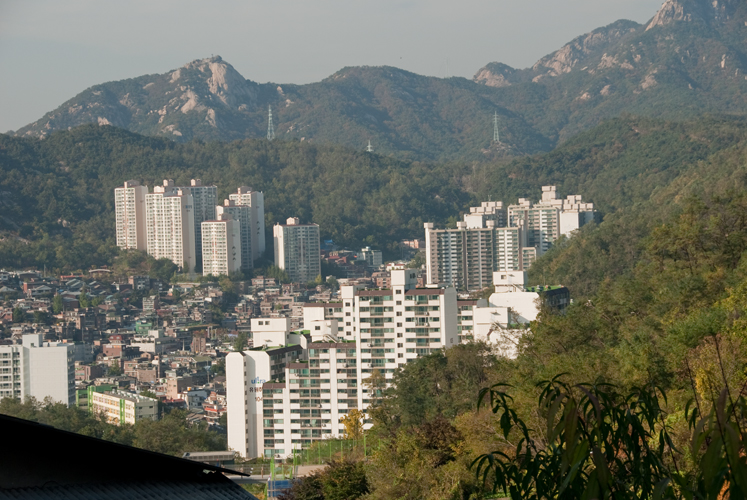
A
common scene in Seoul: highrise apartments nestled in foothills of Seoul's
surrounding mountains
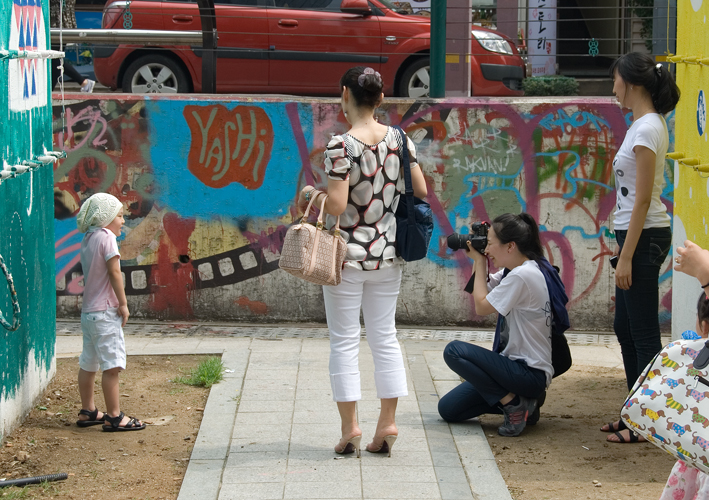
Association
of Aunts and Mothers for Nurturing Narcissism. Hongdae-ap neighborhood.
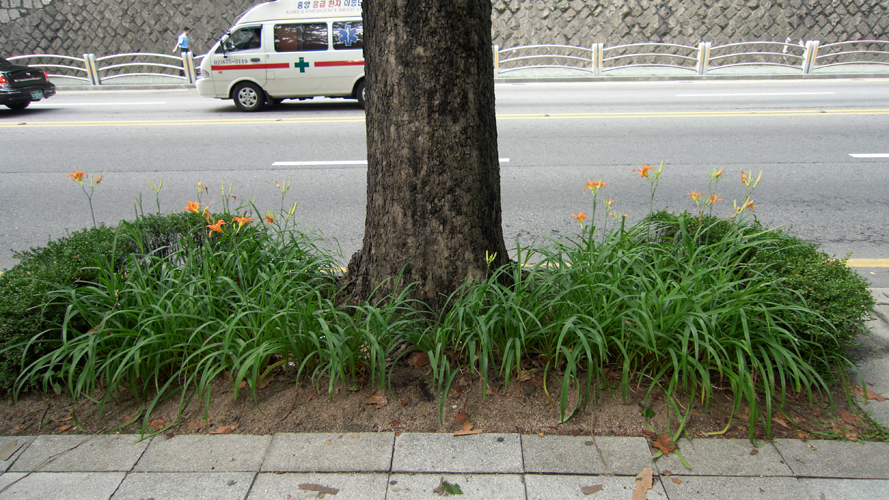
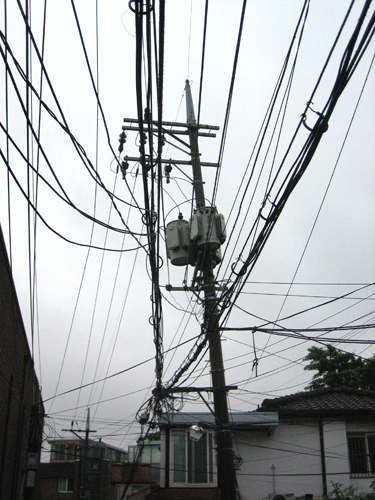
Wired
Seoul
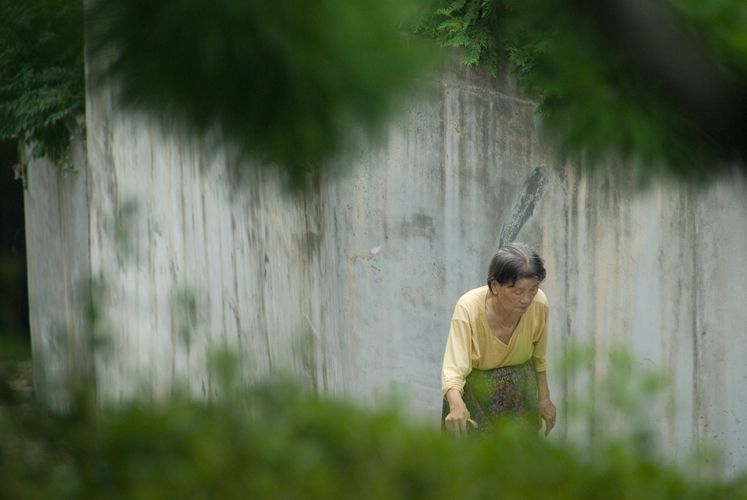
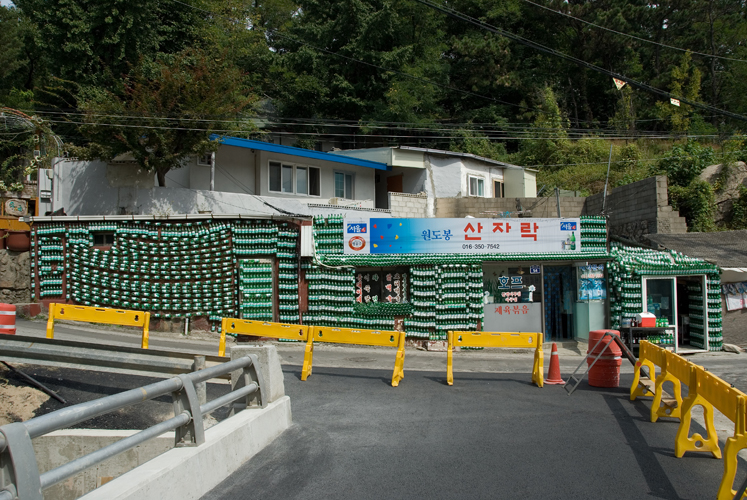
This
restaurant's walls are made of old cheongjong (rice wine) bottles. On
the road to Mangweon Temple.
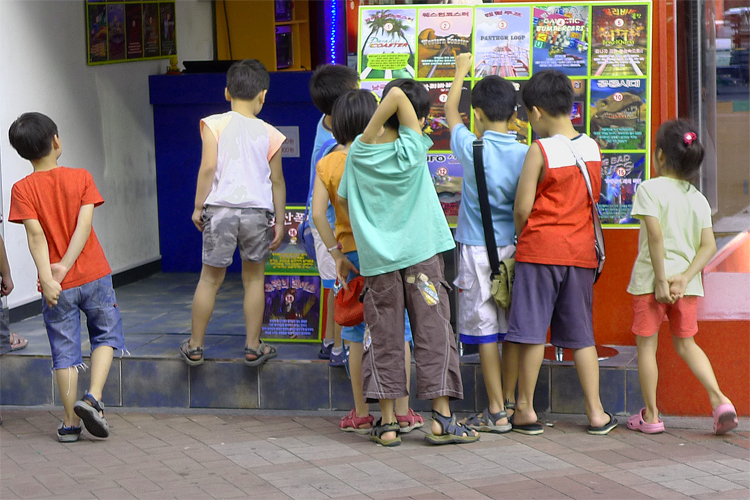
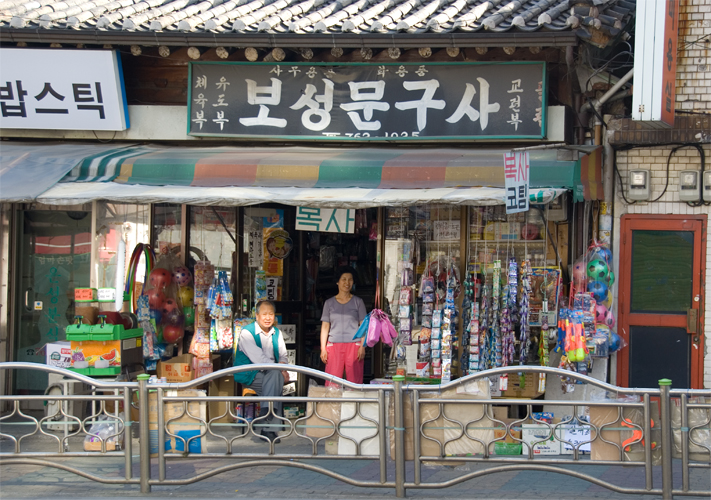
Stationary
store in Hyehwadong
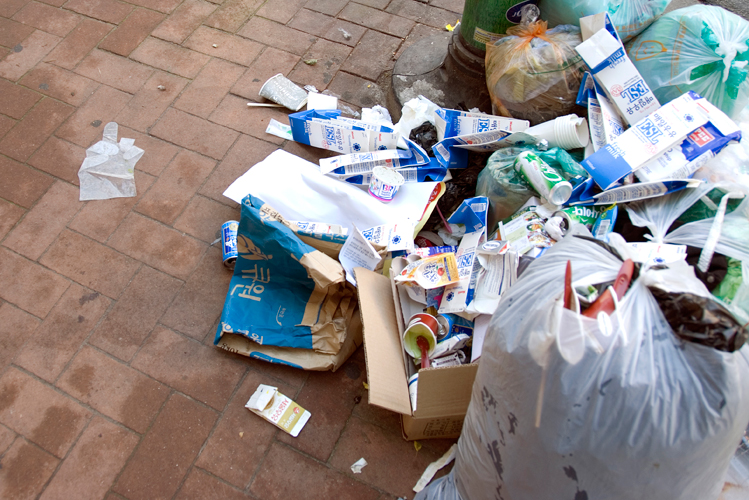
Giving
the finger to cleanliness. The garbage on the sidewalk is not an unfamiliar
sight on many streets of Seoul.
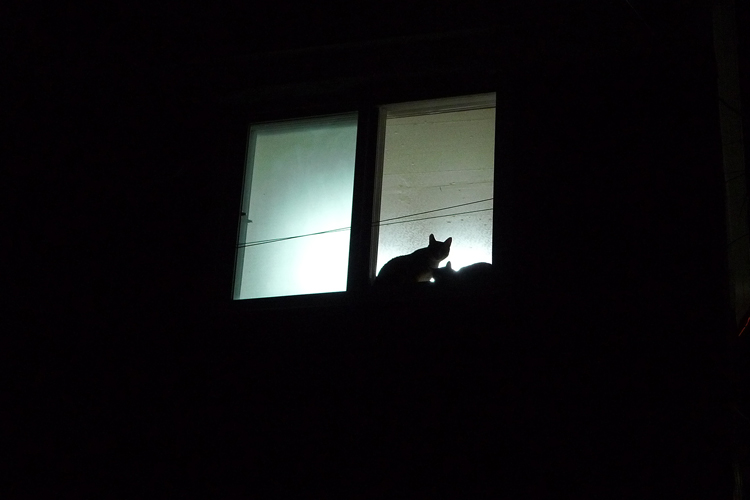
Summer
in the park. More photos of Maronnier Park here.
Free
Market near HongIk University. See more photos here.
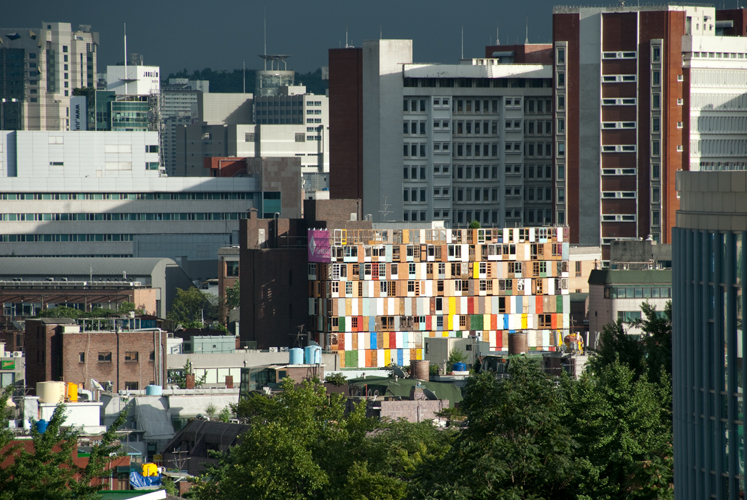
Rennovating
a building owned by Seoul Women's College. In Myeongryundong. See more
views of Myeongryundong here.
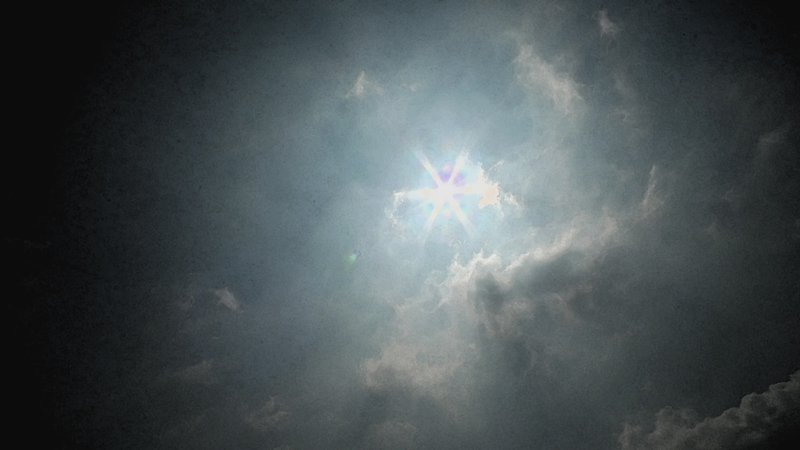
Entering
the eclipse of 2009.
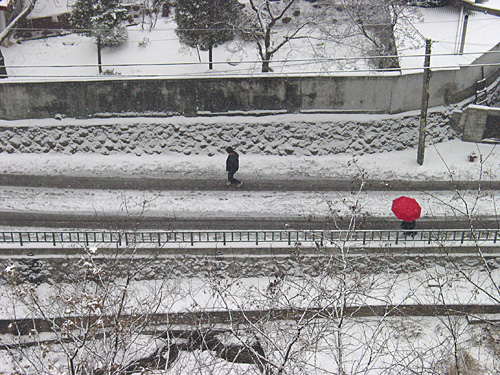
No,
the photo isn't touched up.
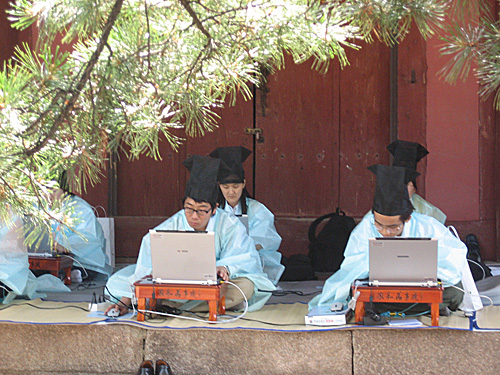
High
school students use their notebooks in the Baekiljang, a poetry contest
at the Seonggyun'gwan, the progenitor of Seonggyun'gwan University, in
a centuries-old Confucian tradition. See more of the Sunggyun'gwan here.
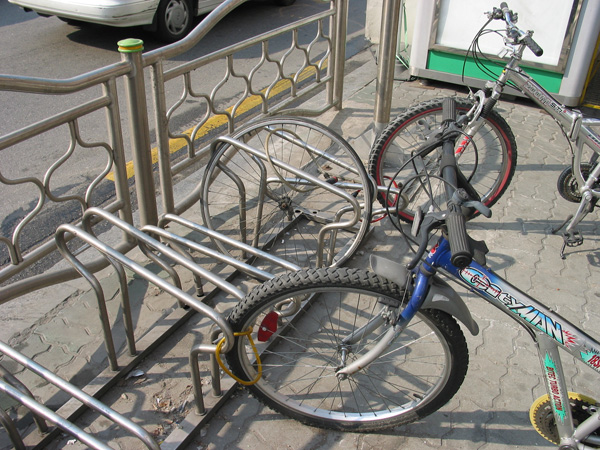
A
well-secured wheel.
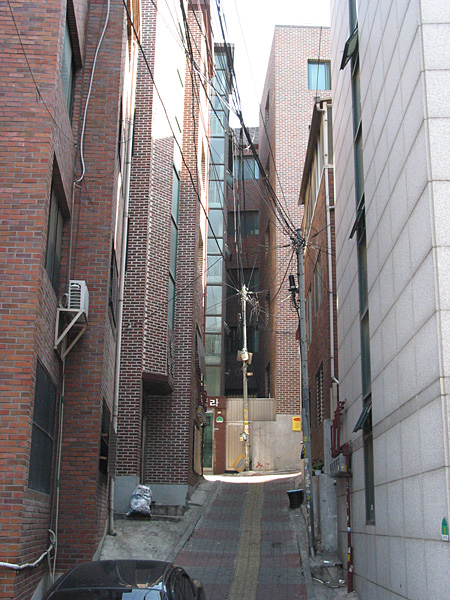
A
"billa apatu" (4-flats) canyon in Seoul. (Dongsungdong)
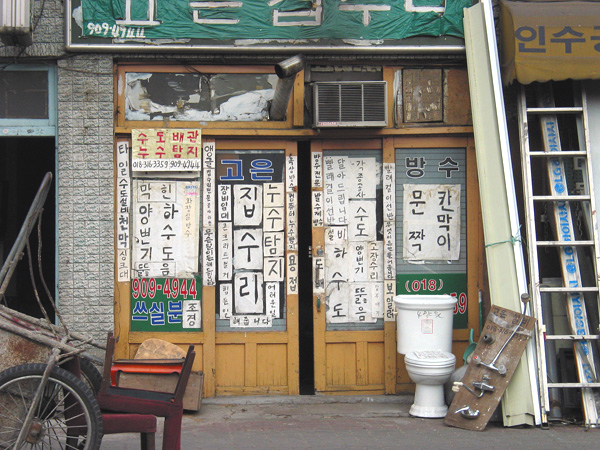
A
home repair shop in Jeongneung. More views of Jeongneung here.
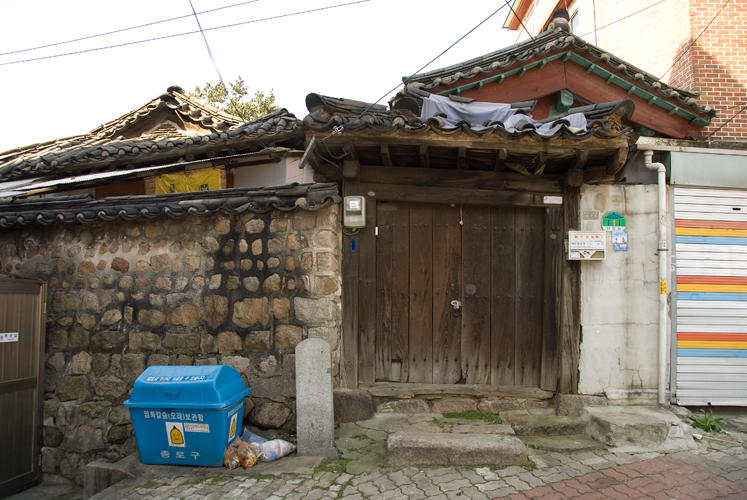
The
old littered by the new. Myeongryundong. More about Myeongryundong here.
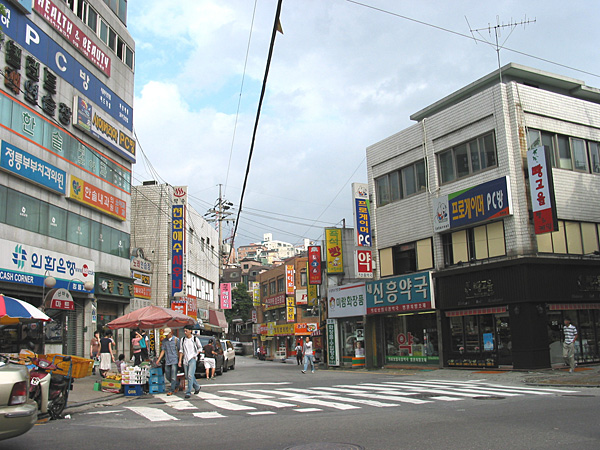
One
section of Jeongneung.
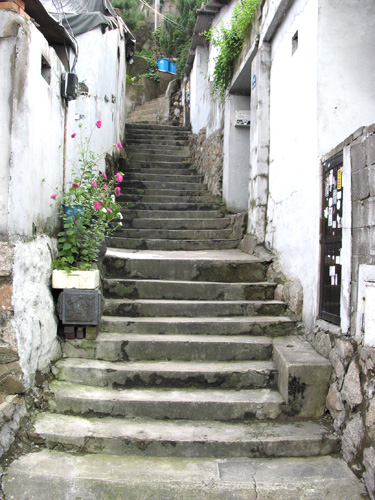
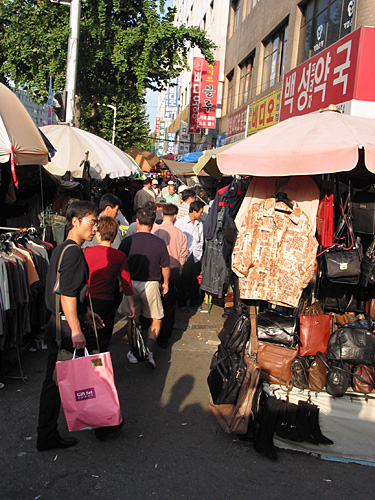
Vendors
clog the sidewalks of downtown streets.
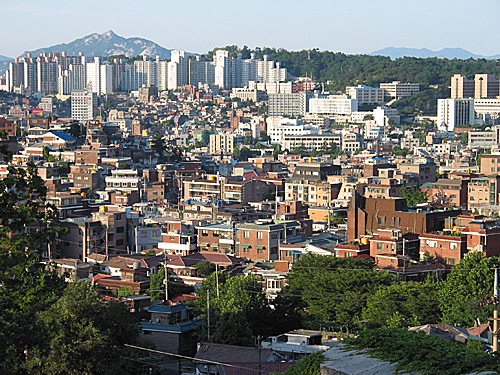
This
scene from Donamdong is typical of Seoul's neighborhoods: highrise apartment
complexes and 4-flats.
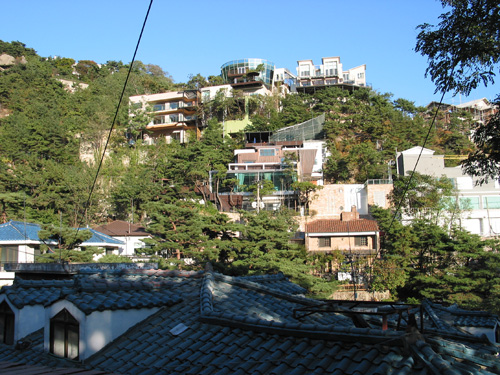
Affluent
Pyeongchangdong, northern Seoul
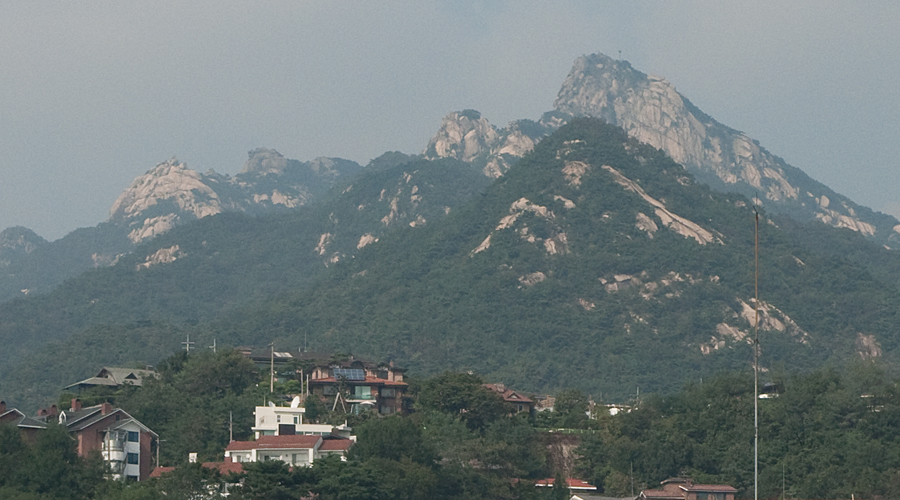
Another
part of Pyeongchangdong. It's in the foothills of the Bukhansan range.
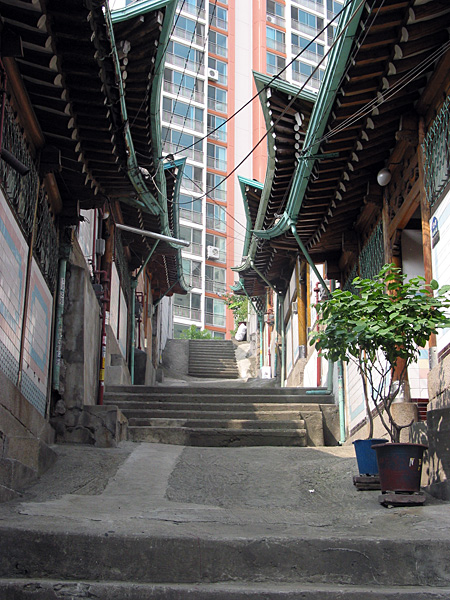
High-rise
apartments loom in the future of Korean traditional homes. It's surprising
that these houses have lasted this long.
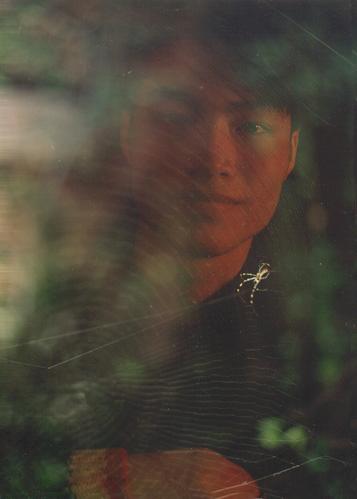
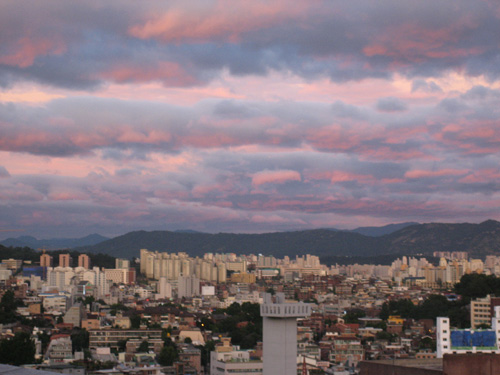
This
is a photo of a historical moment -- Seoul isn't known for great sunsets.
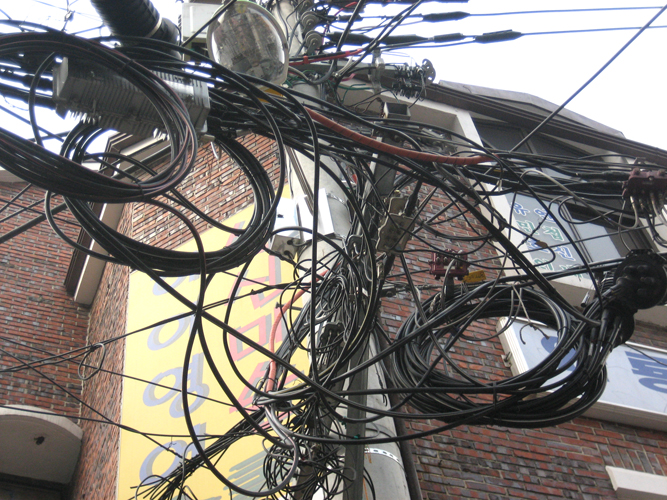
Wired
Seoul.
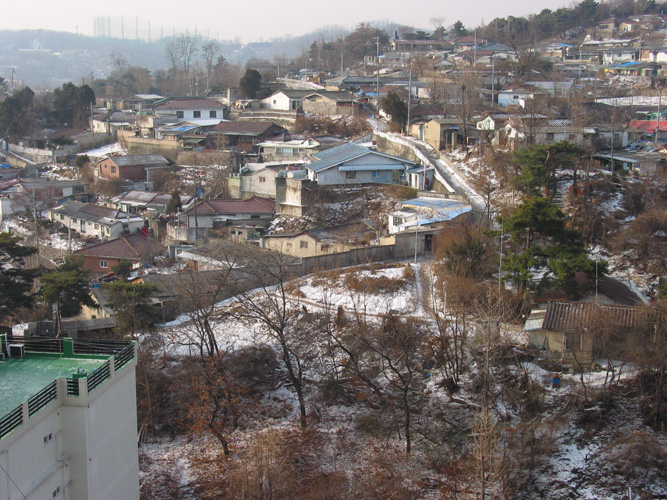
A
relatively comfortable "moonville" (dal dongnae) in
Jeongneung, in the foothills of Mount Bukhan. This village is unique,
not only because it's one of the few remaining such villages but also
because, with its trees and vegetable plots, it reminds one of a small
village in the countryside. One day, when I was taking photos of this
village with its nostalgic allure, a resident challenged me because she
thought I was focusing on their poverty. For photos of other dal dongnae,
click here.

The
moon still shines on the West Sea even as it did in 1980, when this photo
was taken...
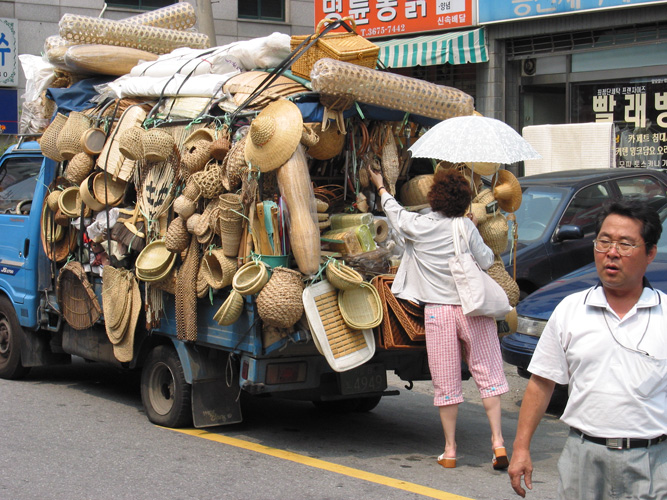
...and
bamboo products have not yet given way to plastic.
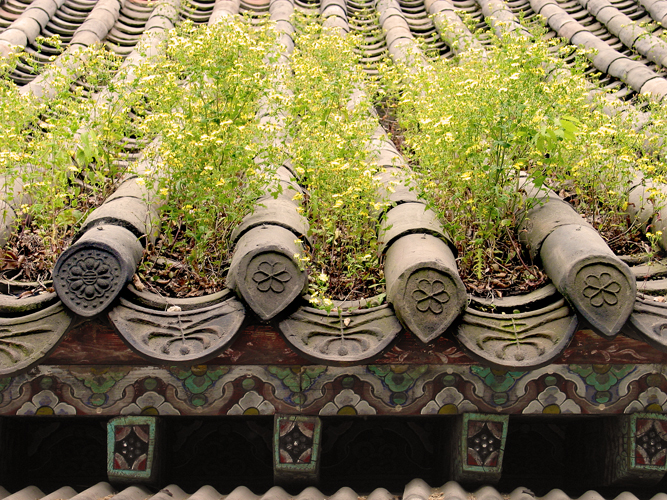
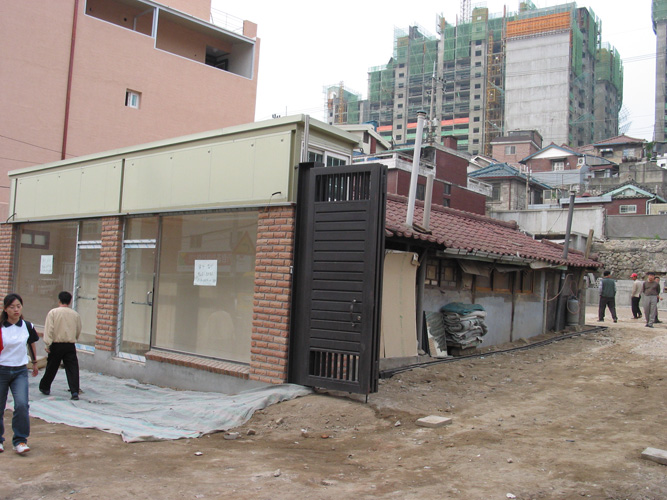
Old
and new, ever-changing Seoul. (Donam-dong)
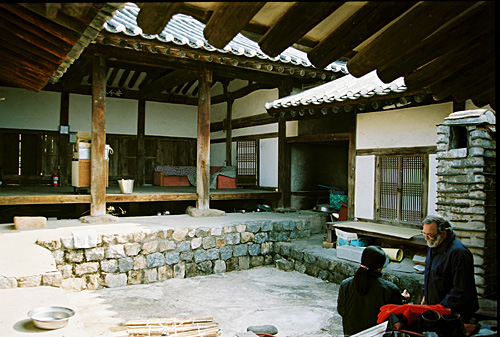
Korean
clans of aristocratic lineage maintains their ancestral estates built
when the clan was in its peak in social status. This is the women's quarters
of a Yu clan house in Andong. (2006)
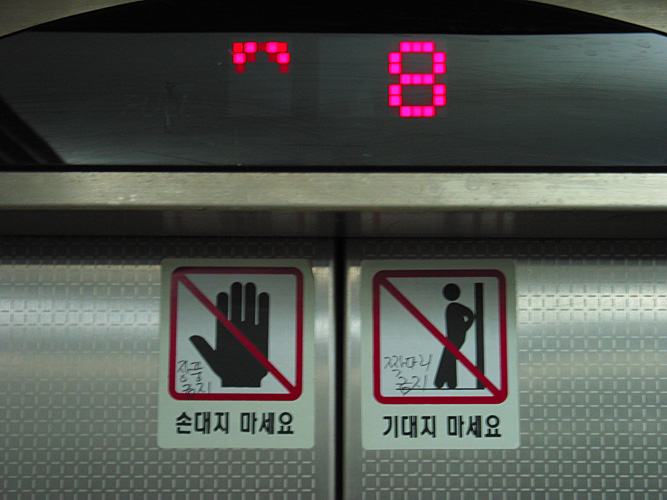
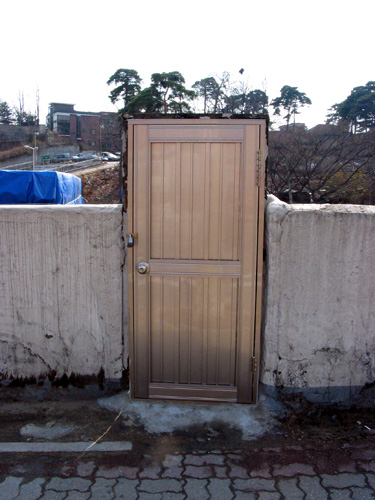
A
philosphical profundity: To get inside, you have to go outside.
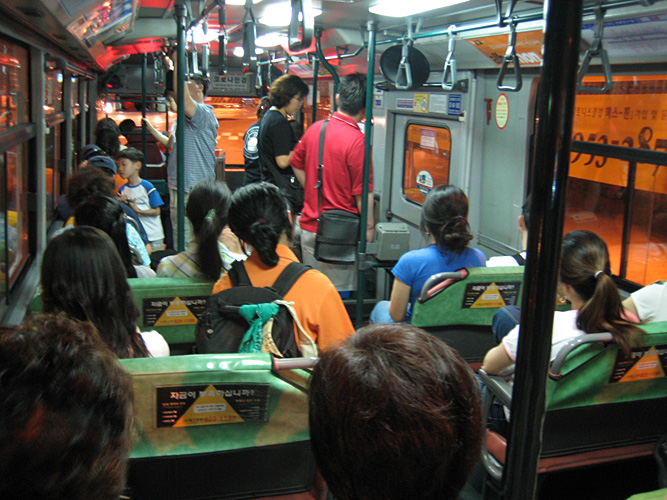
A
city bus in Seoul. Note the card reader by the door. When you get on at
the front door, you pass it over the reader; and when you get off, you
do it again. This gives you a free transfer. (2005) No more bus girls,
like we had in the good old days (below).
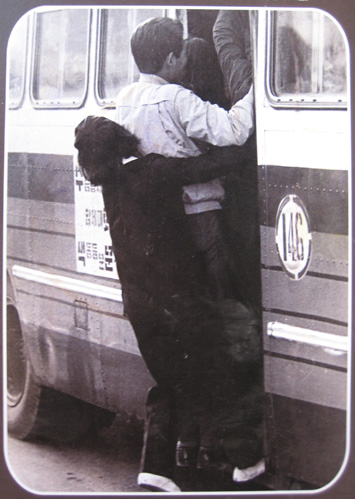
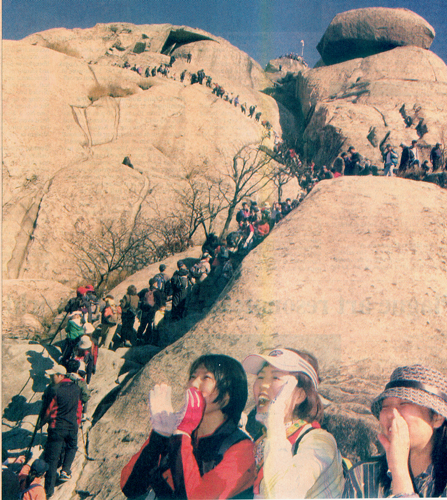
Getting
away from the city crowds on the weekend; hiking in the mountains around
Seoul. (Courtesy of the Korea Herald, circa 2005.)
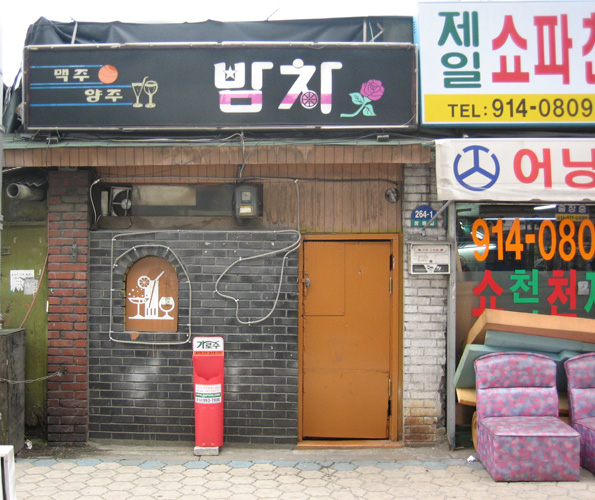
"Night
Train," a place for female companionship. Just a couple doors down
is a similar bar, named "A Chorus of Solos."
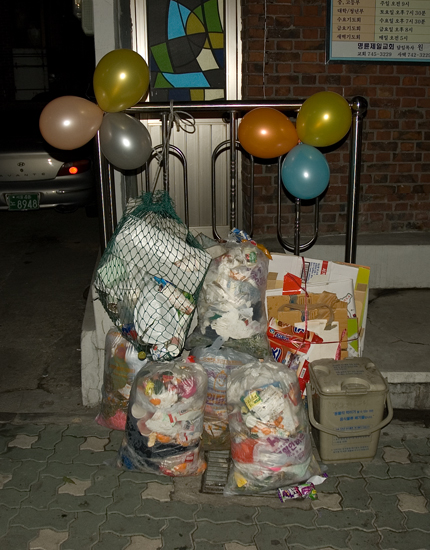
Merry
Christmas.
Arirang
Goge, Donam-dong
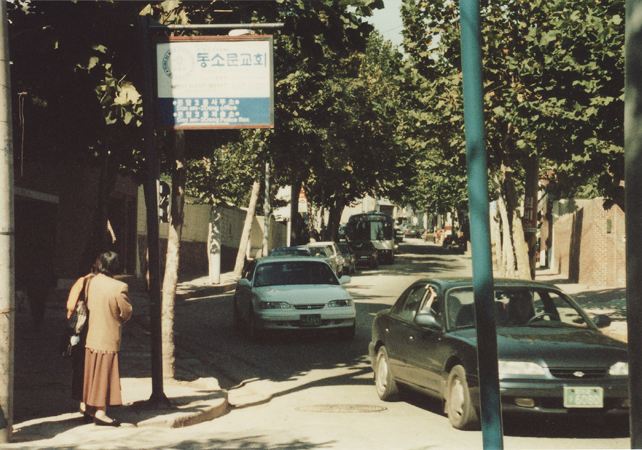
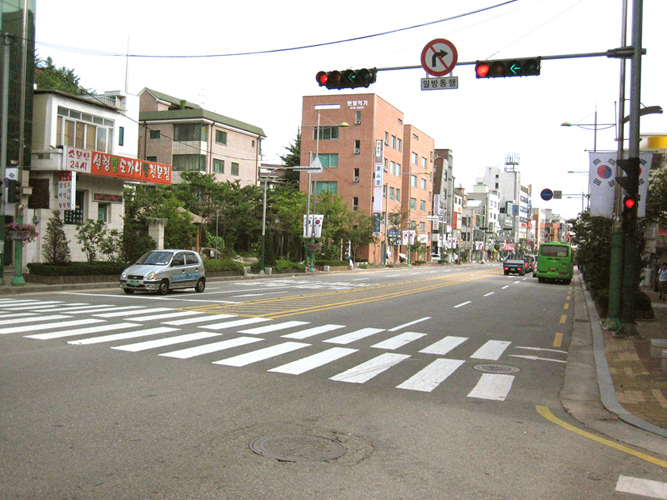
1994
2006
